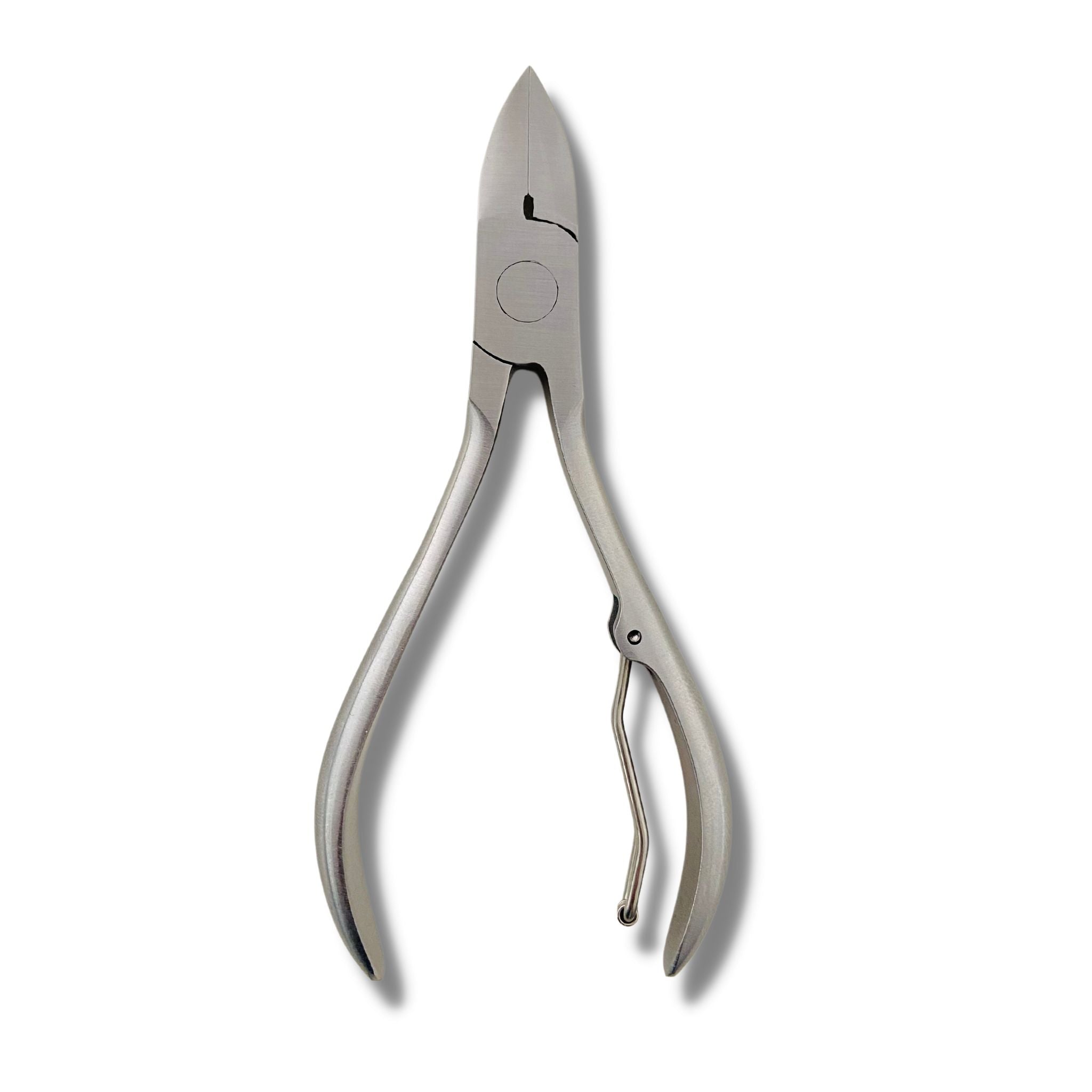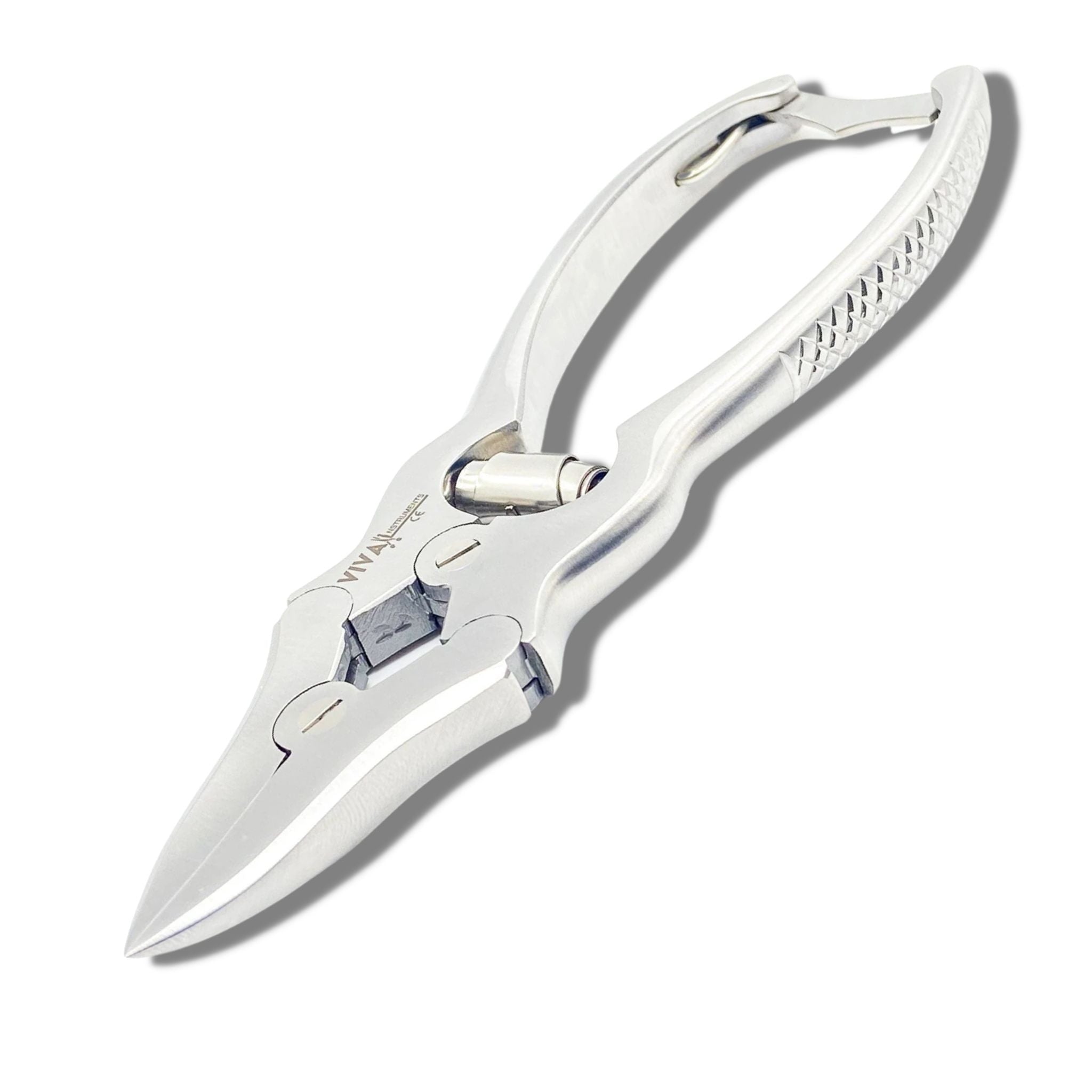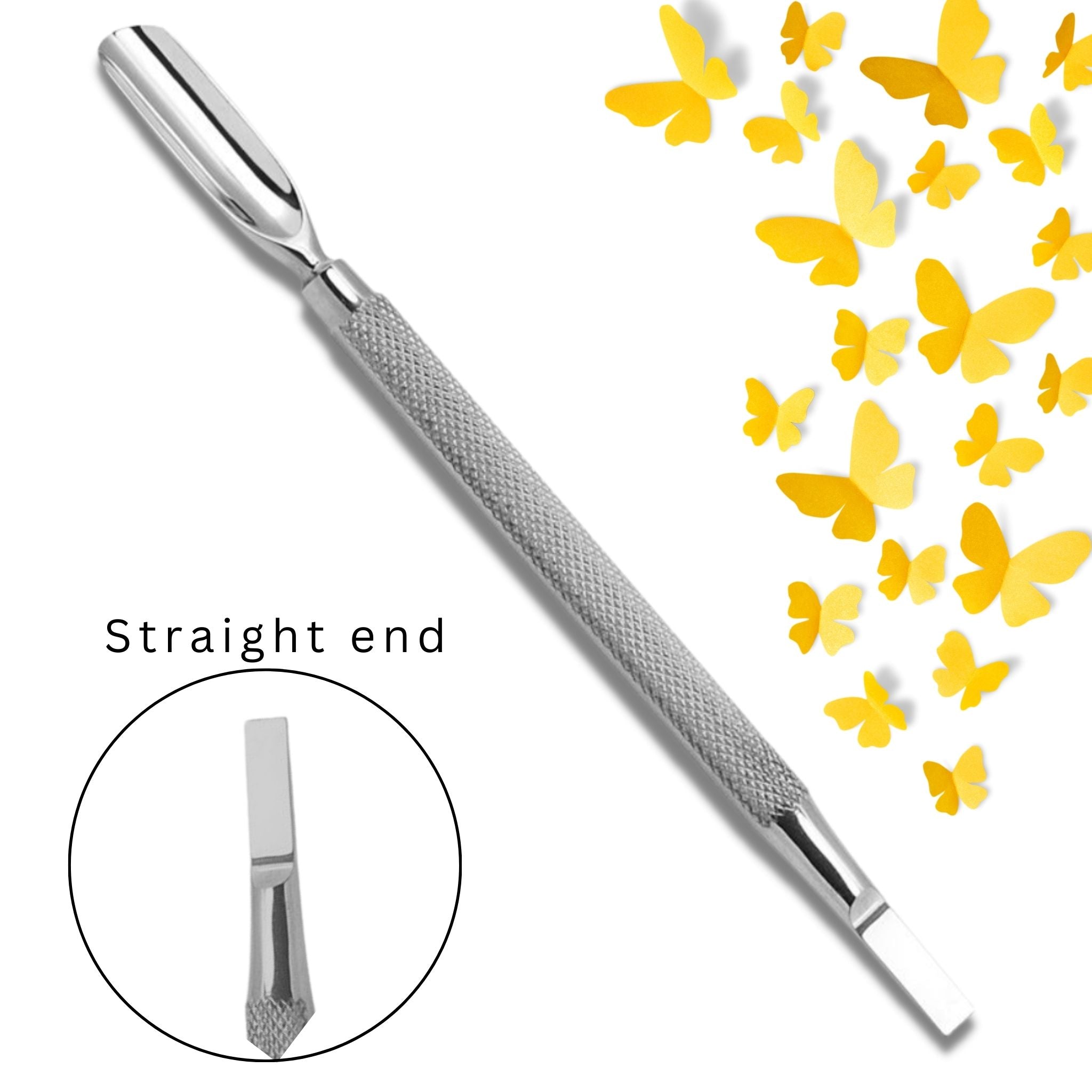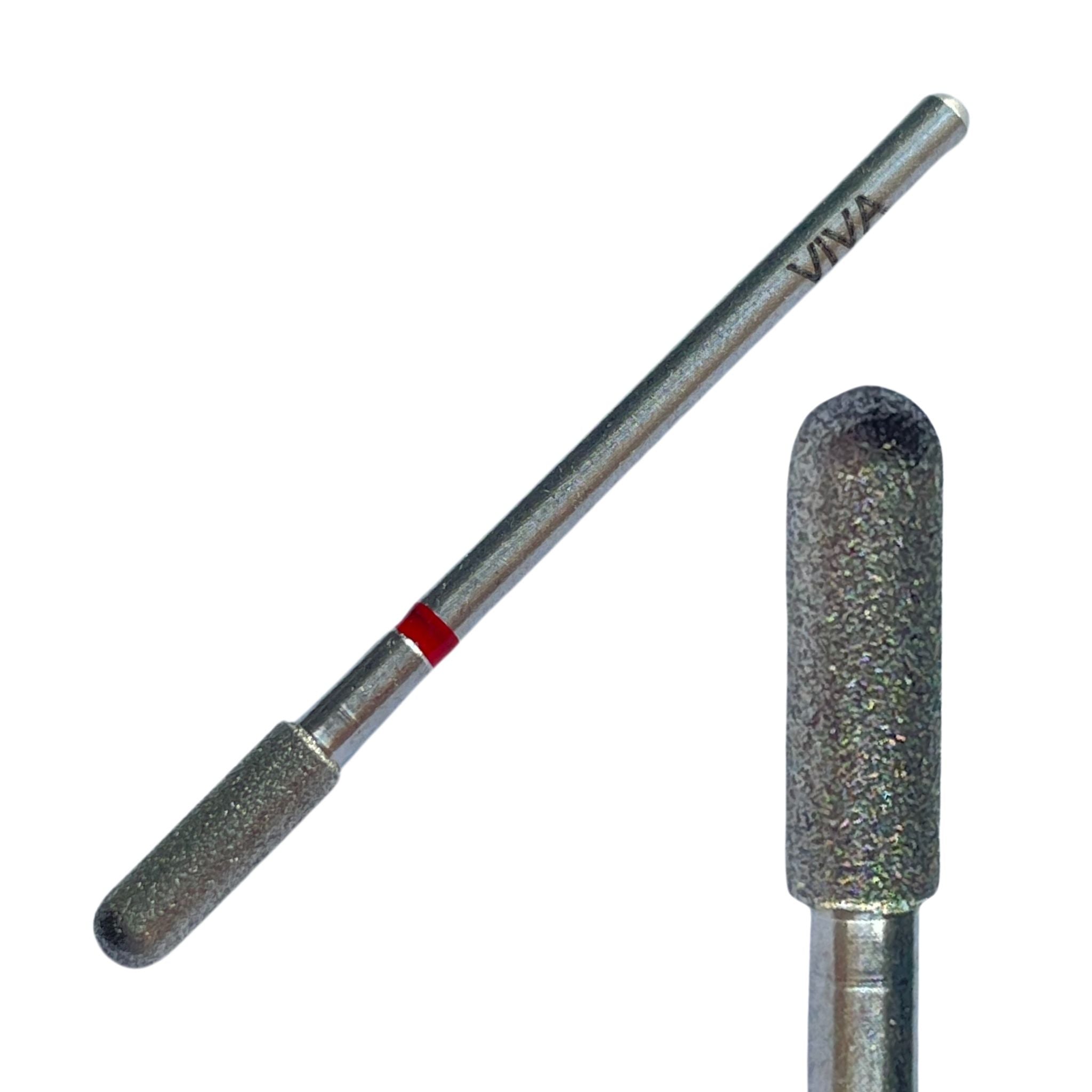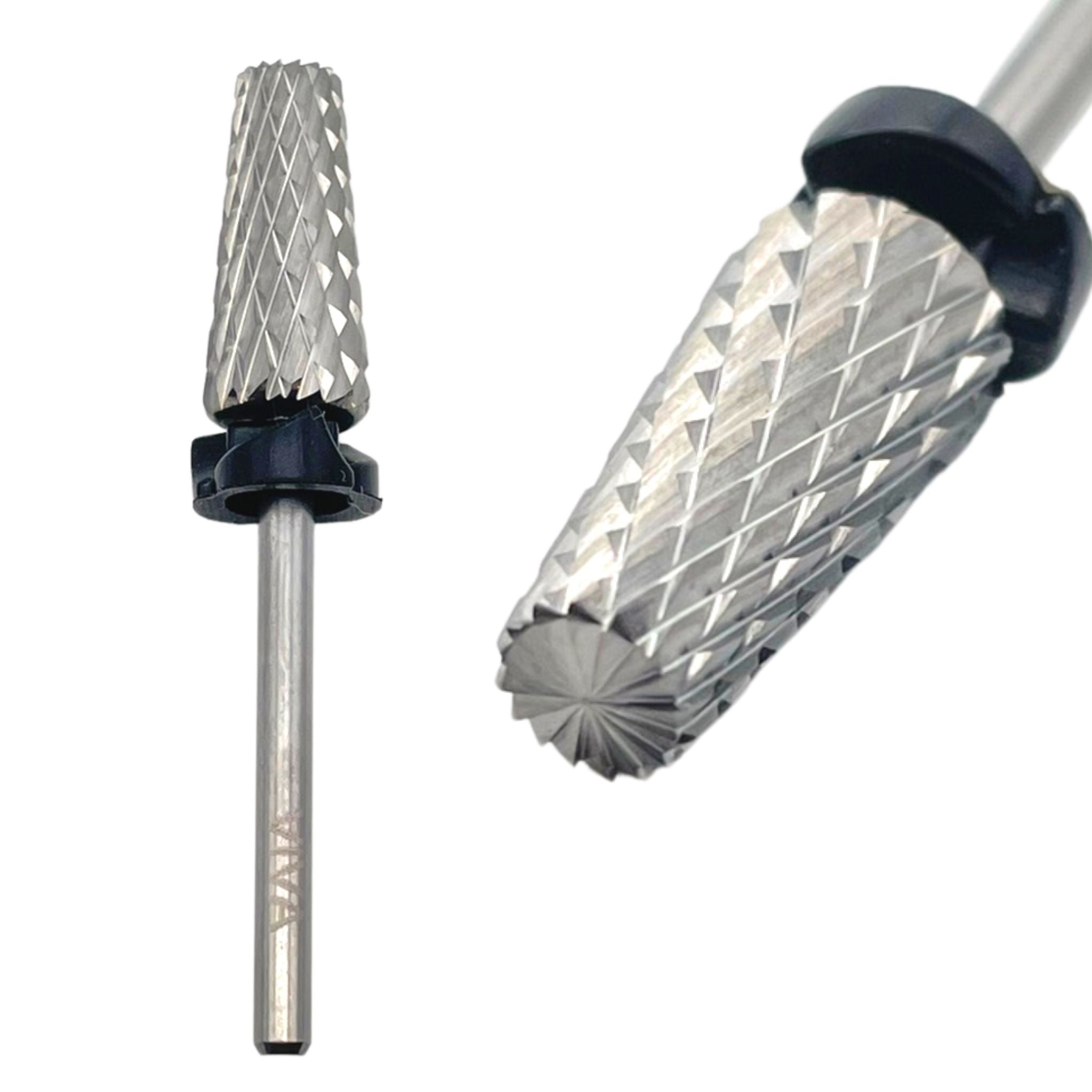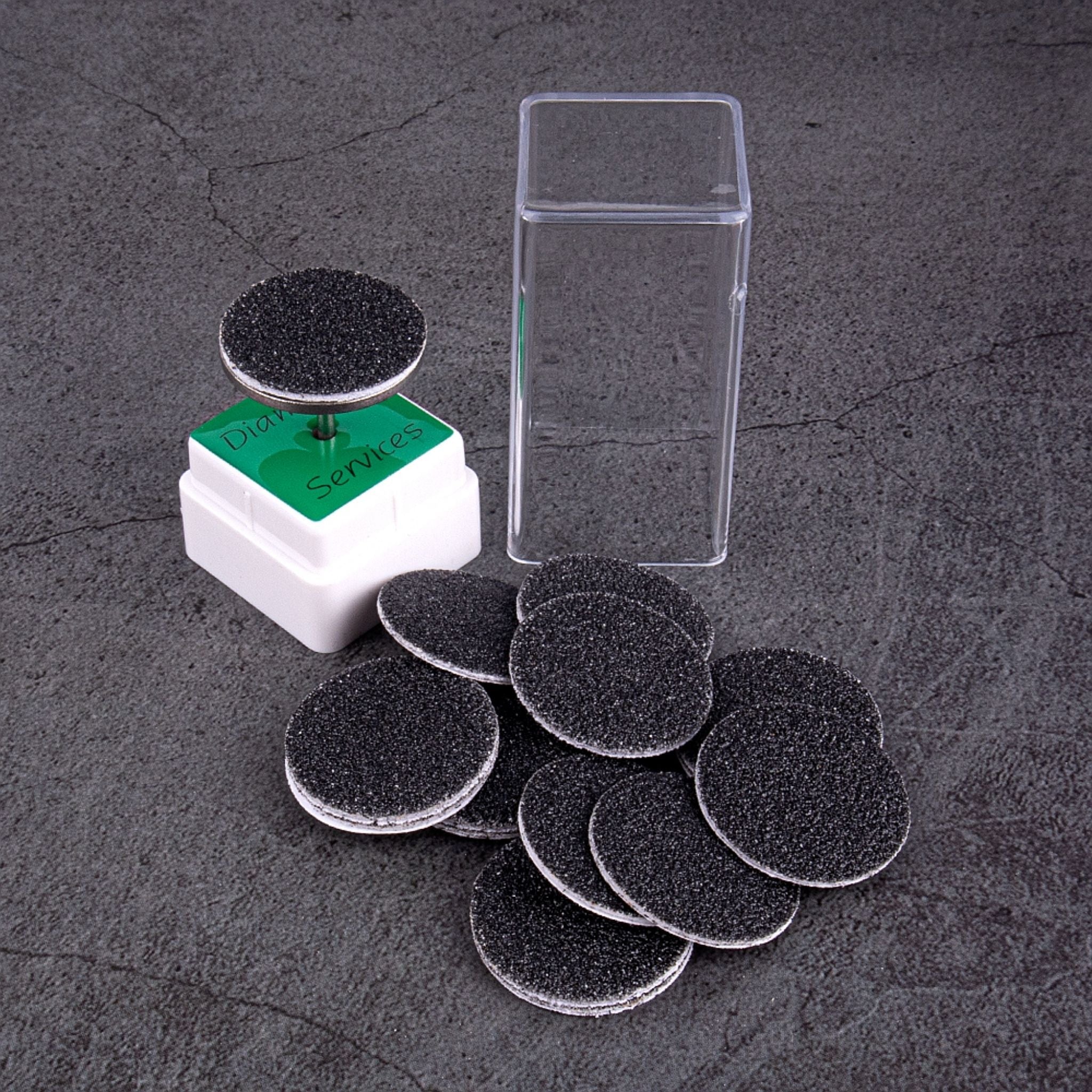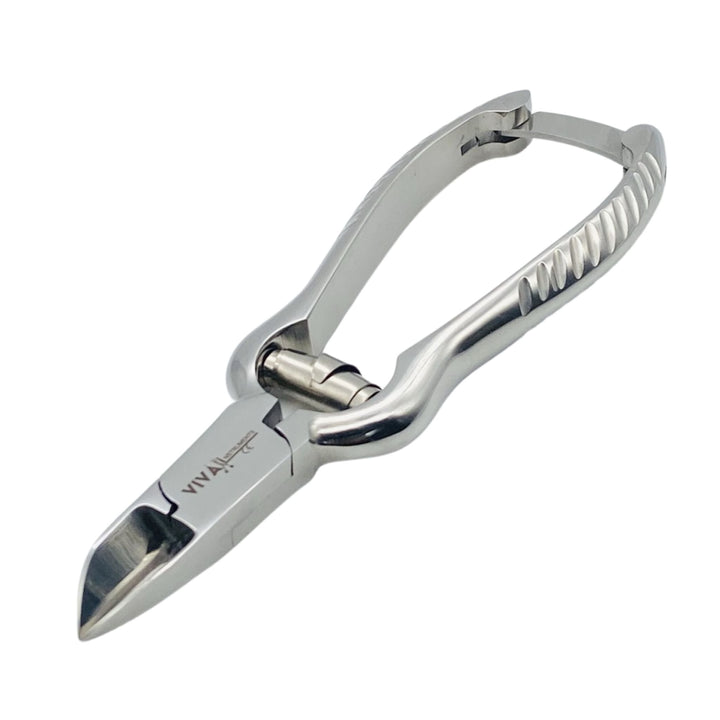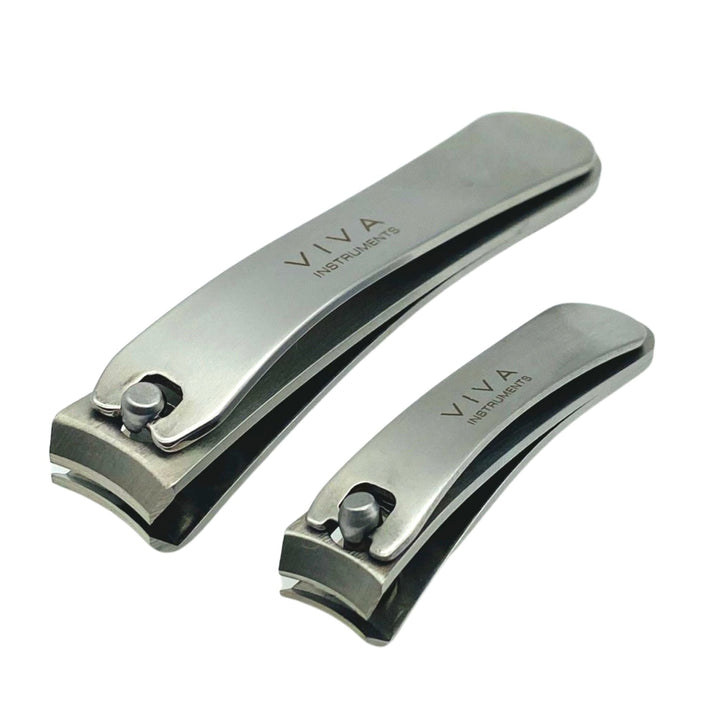-
Home
-
Podiatry Instruments
-
Nail Tools
-
Hair Scissors

Professional Scissors
Up To 50% OFF
- Eyelash
-
New Arrivals
-
% On Sale
- Bundles Sale
-
Info
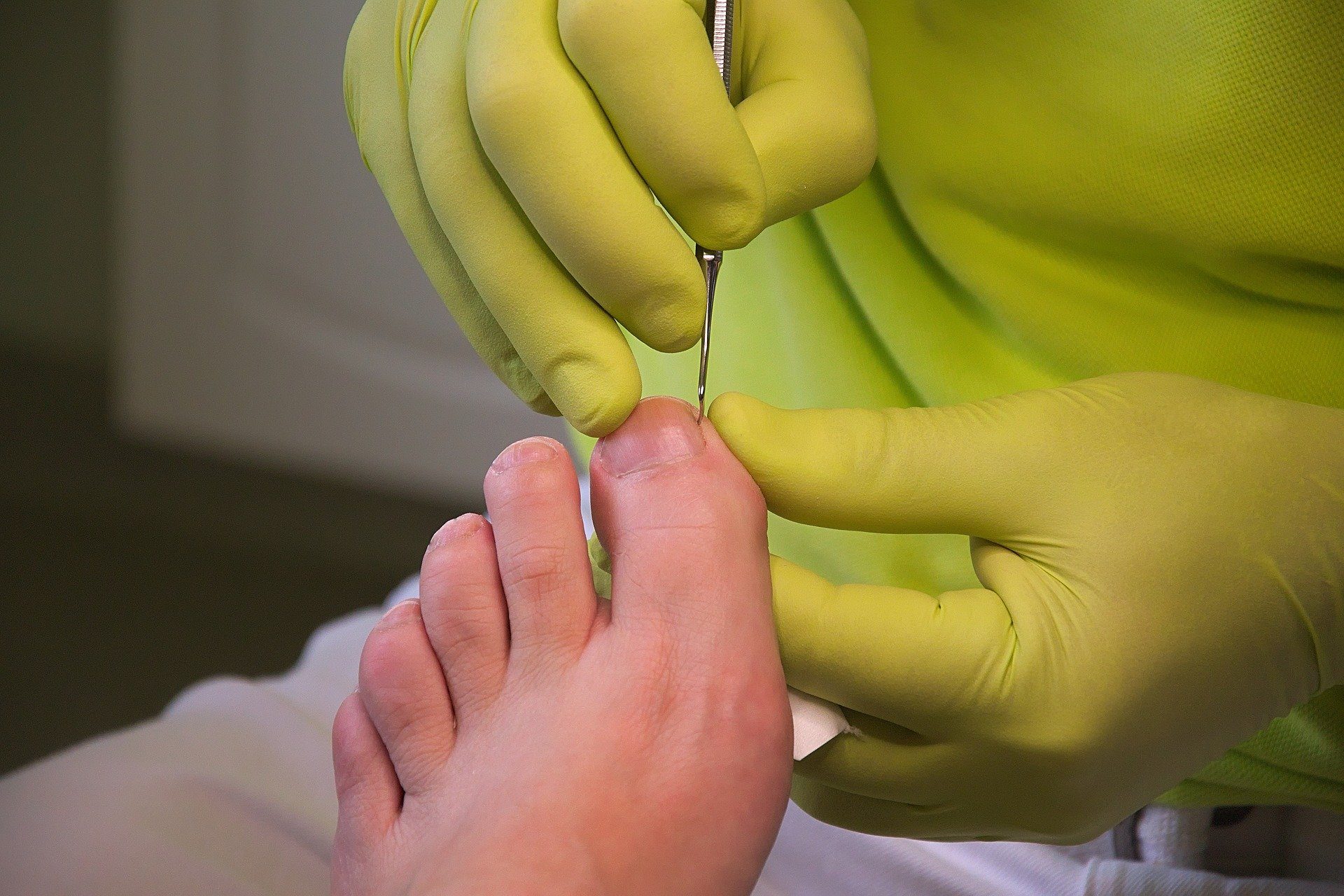
Foot Care - Podiatry & Pedicure
Foot Care – Podiatry & Pedicure
It is not enough to let only soapy shower water run down the body to the toes; a clean foot is a healthy foot. Make sure you are completely dry before you put your socks and shoes back on, including your toes - including your toe. Make sure it is completely dry before you put it on.
Keeping feet wet can also increase the risk of bacterial infections, such as fungal infections of the nails, when using public showers. As fungi on the nails are usually easier to treat than infections in other parts of the body, topical or oral antifungals can be prescribed.
Keeping fungi under control will help prevent fungal infections of the skin from re-infecting the nails and preventing them from settling back on the nails. Once a nail fungal infection is cleared, steps can be taken to prevent the infection from returning, such as using an anti-fungal spray.
Wash and dry your feet thoroughly before going to bed and apply to the entire foot from the ankle to the bed. Before bedtime: Wash your foot thoroughly with a warm water bath such as hot water, soap and soap. Foot care products can be used to solve a number of common foot care problems. These creams, lotions, powders and sprays contain antifungal drugs that can alleviate some of the symptoms associated with the athlete's feet.
Examine your feet daily and check your shoes for protruding nails before putting them on. You will find cushions and pillows to protect against blisters and bales and products that help gently remove or soften calluses.
Getting pedicure treatment regularly is highly recommended or having pedicure tools at home is not a bad idea. Some of the popular pedicure tools includes:
Nail Nippers
Toe Nail Cutters
Callus removers
Corn cutter
Gouges (Hard skin removers)
Cuticle nippers
Foot nail files & rasps
If foot problem is not treatable at home we highly recommend making an appointment with local podiatrist, podiatrist is a medically trained foot care specialist. In some cases you may require foot surgery where the podiatrist will use podiatry instruments to perform the surgery. Podiatry instruments are made of stainless steel some of the popular instruments are: Ingrown nail nippers, gouges, scalpel handles, forceps, needle holders, retractors, scissors, and foot dressers.
Avoid getting your feet wet by snow or rain and do not let your toes get cold and keep them away from the heat. Avoid getting wet in snow and rain, and in hot weather like in winter.
Check the water temperature on your fingers and elbows before putting your feet in, and be sure to dry the area around your toes well. Infections tend to develop in moist areas, so check this and contact your doctor if you discover sores, redness, cuts, blisters or bruises.
If the skin on the feet feels rough or dry, use a lotion or oil and get relief if foot pain occurs. Hand held pedicure tool to roll your foot and massage it without straining it, such as a ballerina's foot or a foot massage.
If you suffer from foot care problems, it is wise to discuss your concerns with a doctor instead of trying to treat the problem alone. Your healthcare provider can help you find pedicure solutions and decide which products are most beneficial to you. Walgreens offers a wide range of foot products including lotions, oils and foot creams.
As with all foot care products, it is important to read the manufacturer's instructions and follow them closely to achieve the best possible results.
We all know that balancing the level of moisture in the feet can be a difficult task, so it is important to maintain a level of moisture, although you should always keep them dry. Whenever you complete your running or training programs, you will want to promote a humid environment in your shoes, as this is a factor that can contribute to the development of an athlete's feet. Therefore, it is essential to wash and dry your feet as quickly as possible after each run, walk or other exercise.
After thorough washing and drying of the feet, apply moisturizer and always avoid the area around the toes. Use a mirror to look at the open areas, be sure to look at your toes, and use a dry towel to dry them.
Apply a moisturizing cream to the soles of your feet while you are still moist after bathing, especially if you do not walk on hot sand or pavement in summer. Avoid getting the feet too hot or too cold, and avoid getting too much water on the toes or other parts of the foot such as toes and heel.
Depending on the type of infection you have, different types of medications can be used to treat fungal diseases. If the condition is not serious, over-the-counter or prescription powders, lotions and ointments can help to treat scaling, itching or inflammation. However, a doctor can teach you how to smooth calluses with pumice stones or emery boards so that they are not too thick.
A foot soak can help dry out excessive sweating, but you should first contact your office for more information on the best foot soak for you and your condition.
In diabetes, nerve damage, circulatory problems and infections can lead to serious foot problems. You can prevent them by following good foot care, but here are a few foot care habits that you can adopt and try every day.
I am often asked to draw up a list of the most important foot care habits for people with diabetes and other health conditions
It is not enough to let only soapy shower water run down the body to the toes; a clean foot is a healthy foot. Make sure you are completely dry before you put your socks and shoes back on, including your toes - including your toe. Make sure it is completely dry before you put it on.
Keeping feet wet can also increase the risk of bacterial infections, such as fungal infections of the nails, when using public showers. As fungi on the nails are usually easier to treat than infections in other parts of the body, topical or oral antifungals can be prescribed.
Keeping fungi under control will help prevent fungal infections of the skin from re-infecting the nails and preventing them from settling back on the nails. Once a nail fungal infection is cleared, steps can be taken to prevent the infection from returning, such as using an anti-fungal spray.
Wash and dry your feet thoroughly before going to bed and apply to the entire foot from the ankle to the bed. Before bedtime: Wash your foot thoroughly with a warm water bath such as hot water, soap and soap. Foot care products can be used to solve a number of common foot care problems. These creams, lotions, powders and sprays contain antifungal drugs that can alleviate some of the symptoms associated with the athlete's feet.
Examine your feet daily and check your shoes for protruding nails before putting them on. You will find cushions and pillows to protect against blisters and bales and products that help gently remove or soften calluses.
Getting pedicure treatment regularly is highly recommended or having pedicure tools at home is not a bad idea. Some of the popular pedicure tools includes:
Nail Nippers
Toe Nail Cutters
Callus removers
Corn cutter
Gouges (Hard skin removers)
Cuticle nippers
Foot nail files & rasps
If foot problem is not treatable at home we highly recommend making an appointment with local podiatrist, podiatrist is a medically trained foot care specialist. In some cases you may require foot surgery where the podiatrist will use podiatry instruments to perform the surgery. Podiatry instruments are made of stainless steel some of the popular instruments are: Ingrown nail nippers, gouges, scalpel handles, forceps, needle holders, retractors, scissors, and foot dressers.
Avoid getting your feet wet by snow or rain and do not let your toes get cold and keep them away from the heat. Avoid getting wet in snow and rain, and in hot weather like in winter.
Check the water temperature on your fingers and elbows before putting your feet in, and be sure to dry the area around your toes well. Infections tend to develop in moist areas, so check this and contact your doctor if you discover sores, redness, cuts, blisters or bruises.
If the skin on the feet feels rough or dry, use a lotion or oil and get relief if foot pain occurs. Hand held pedicure tool to roll your foot and massage it without straining it, such as a ballerina's foot or a foot massage.
If you suffer from foot care problems, it is wise to discuss your concerns with a doctor instead of trying to treat the problem alone. Your healthcare provider can help you find pedicure solutions and decide which products are most beneficial to you. Walgreens offers a wide range of foot products including lotions, oils and foot creams.
As with all foot care products, it is important to read the manufacturer's instructions and follow them closely to achieve the best possible results.
We all know that balancing the level of moisture in the feet can be a difficult task, so it is important to maintain a level of moisture, although you should always keep them dry. Whenever you complete your running or training programs, you will want to promote a humid environment in your shoes, as this is a factor that can contribute to the development of an athlete's feet. Therefore, it is essential to wash and dry your feet as quickly as possible after each run, walk or other exercise.
After thorough washing and drying of the feet, apply moisturizer and always avoid the area around the toes. Use a mirror to look at the open areas, be sure to look at your toes, and use a dry towel to dry them.
Apply a moisturizing cream to the soles of your feet while you are still moist after bathing, especially if you do not walk on hot sand or pavement in summer. Avoid getting the feet too hot or too cold, and avoid getting too much water on the toes or other parts of the foot such as toes and heel.
Depending on the type of infection you have, different types of medications can be used to treat fungal diseases. If the condition is not serious, over-the-counter or prescription powders, lotions and ointments can help to treat scaling, itching or inflammation. However, a doctor can teach you how to smooth calluses with pumice stones or emery boards so that they are not too thick.
A foot soak can help dry out excessive sweating, but you should first contact your office for more information on the best foot soak for you and your condition.
In diabetes, nerve damage, circulatory problems and infections can lead to serious foot problems. You can prevent them by following good foot care, but here are a few foot care habits that you can adopt and try every day.
I am often asked to draw up a list of the most important foot care habits for people with diabetes and other health conditions
- Choosing a selection results in a full page refresh.






